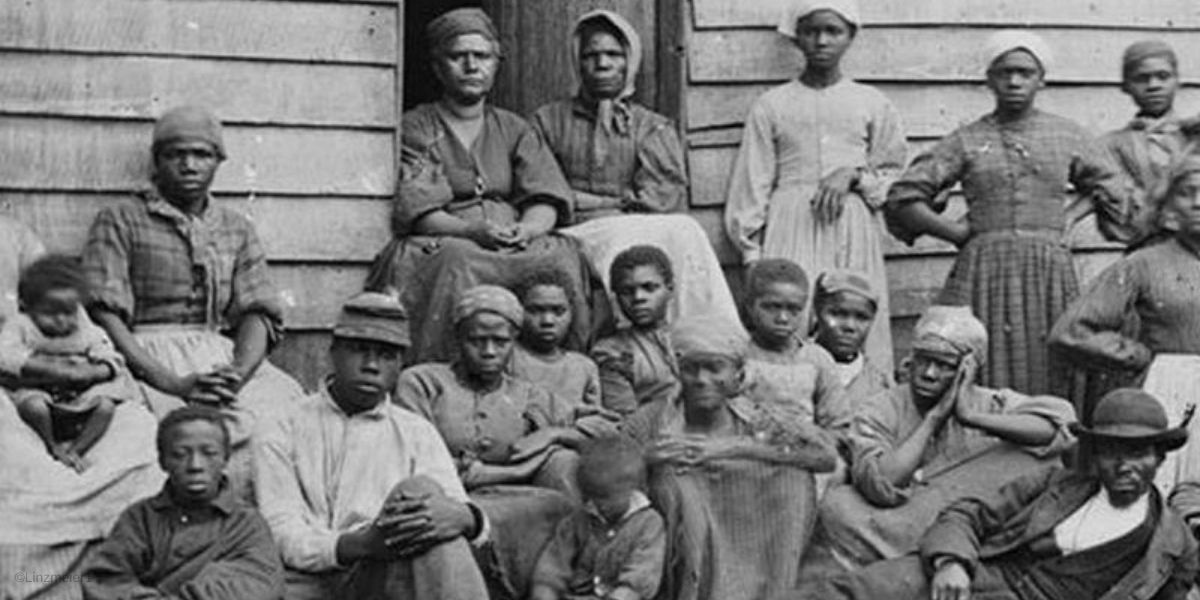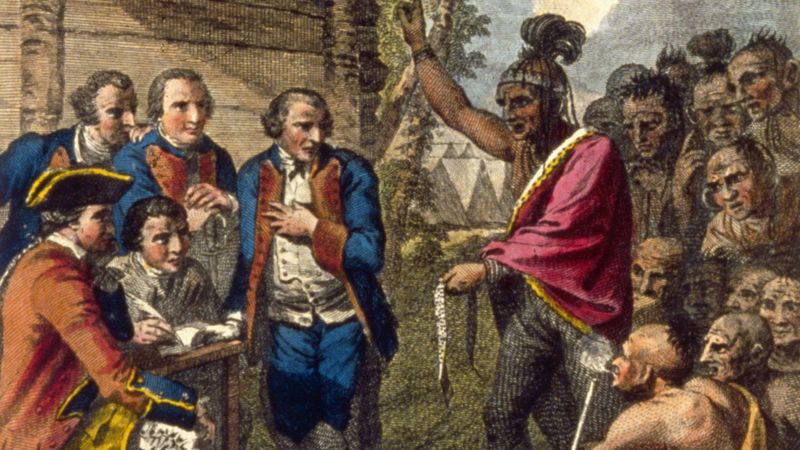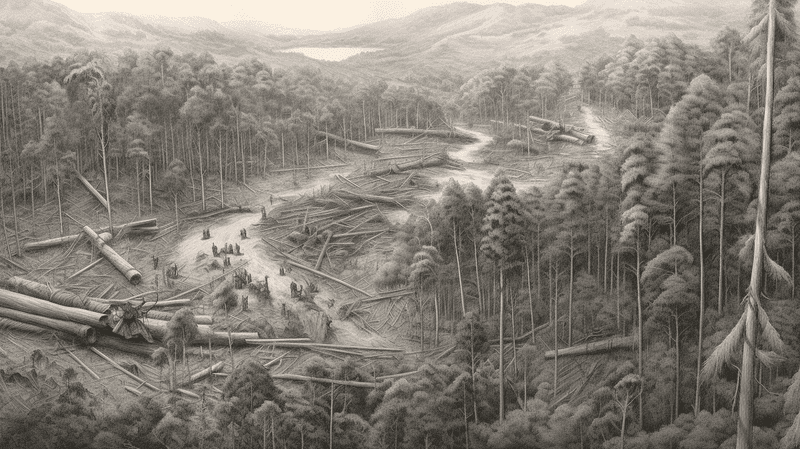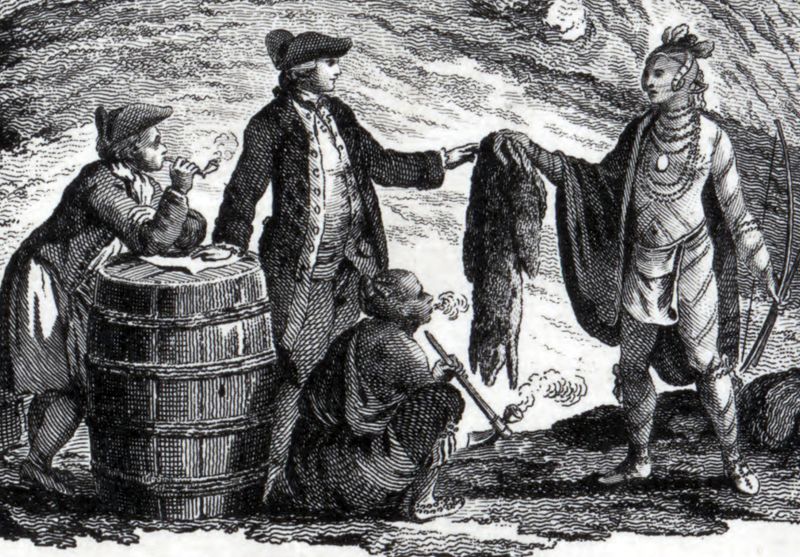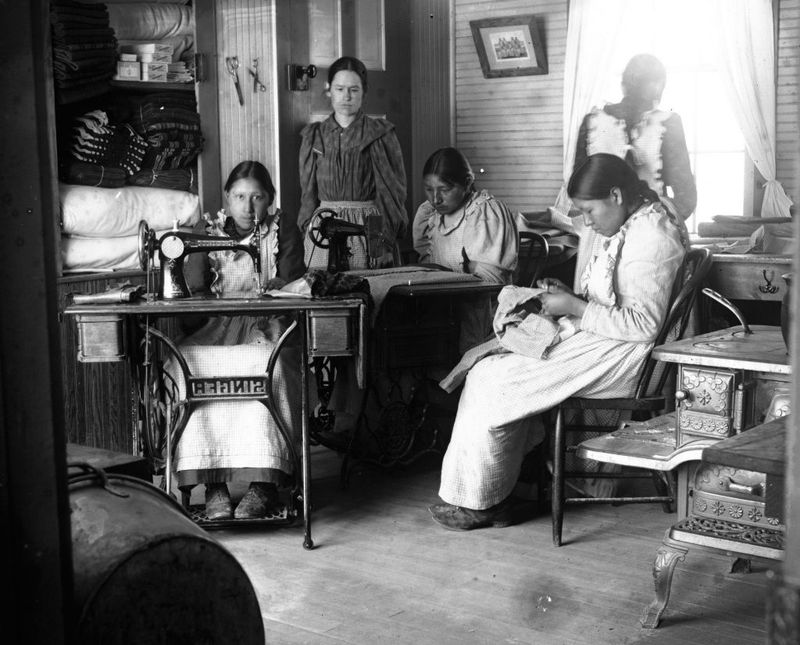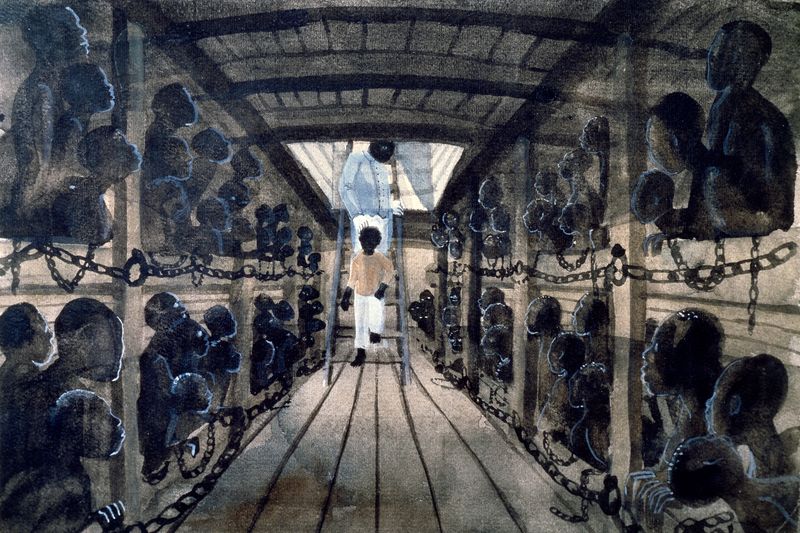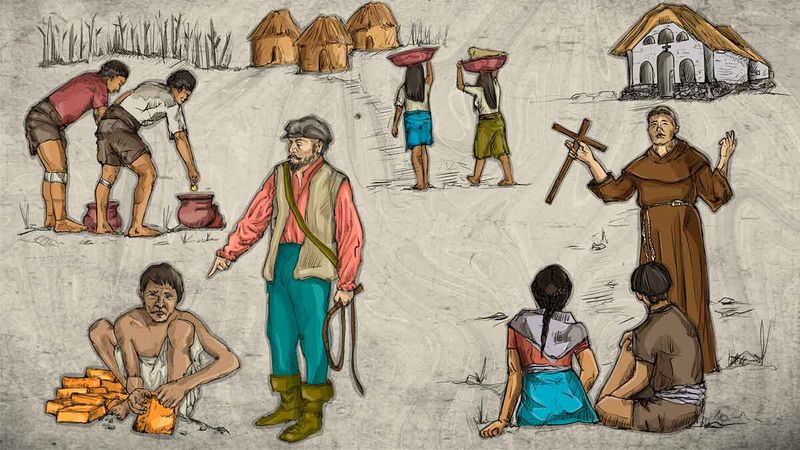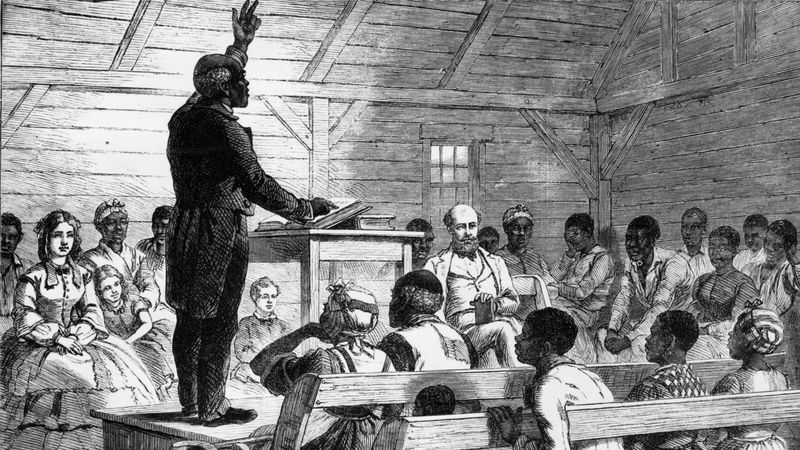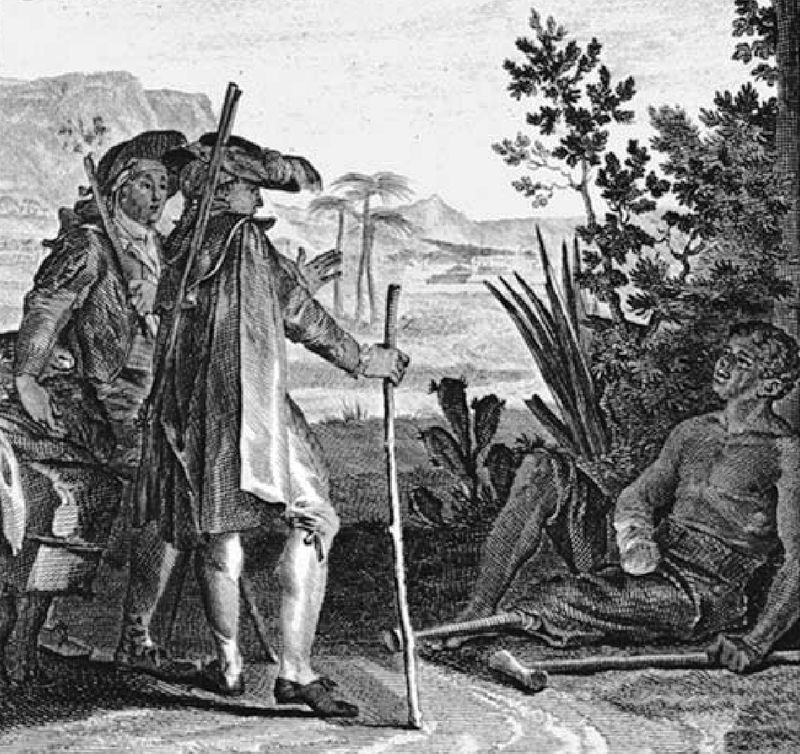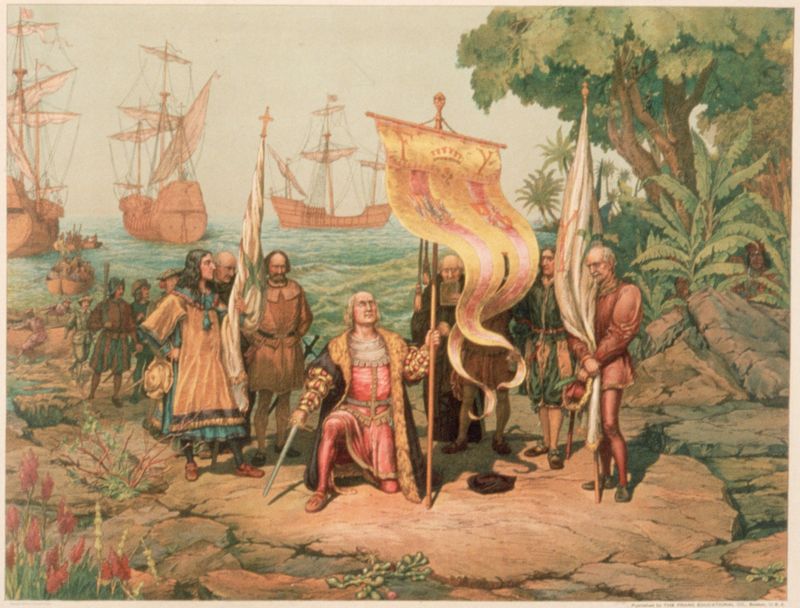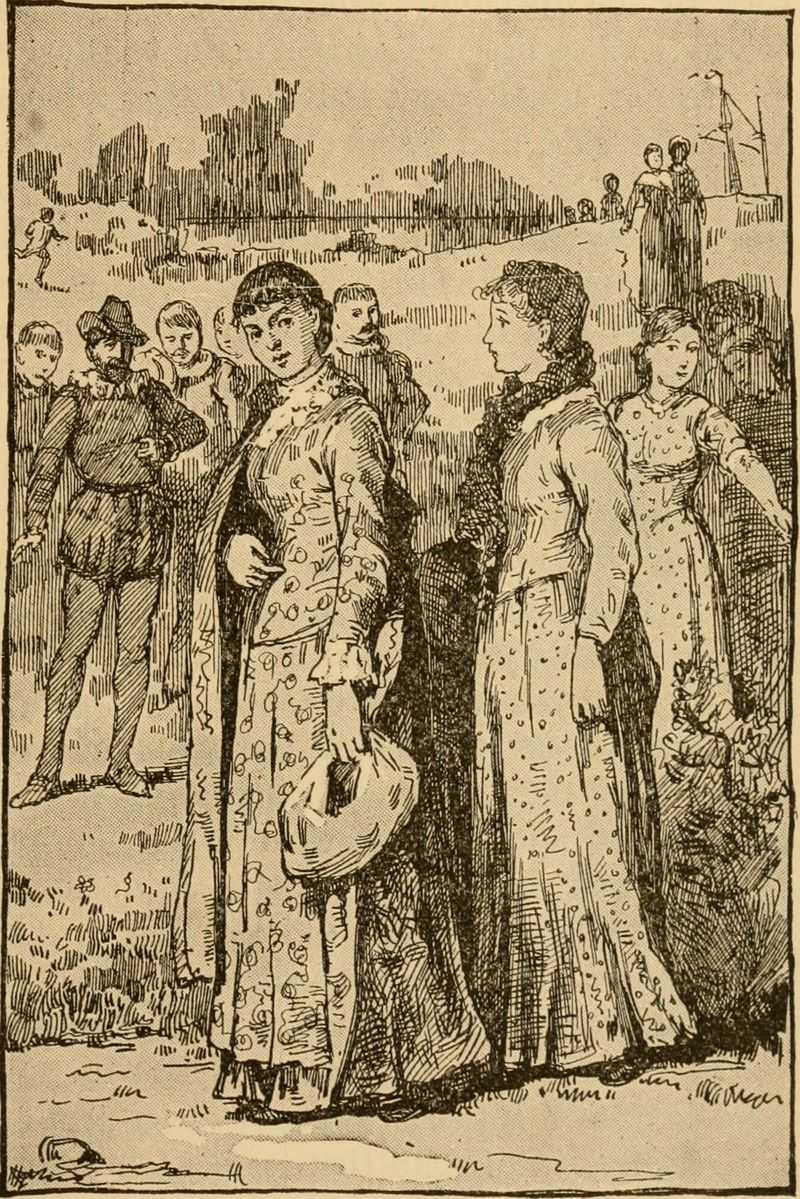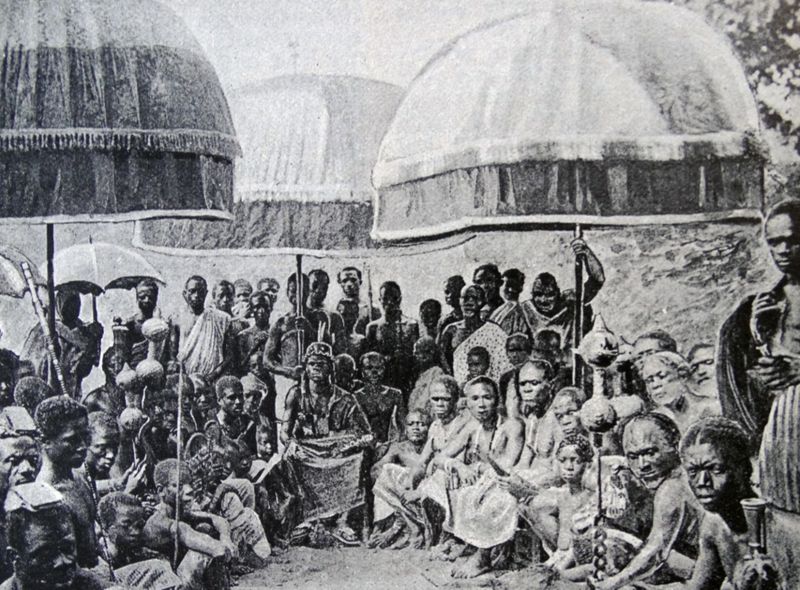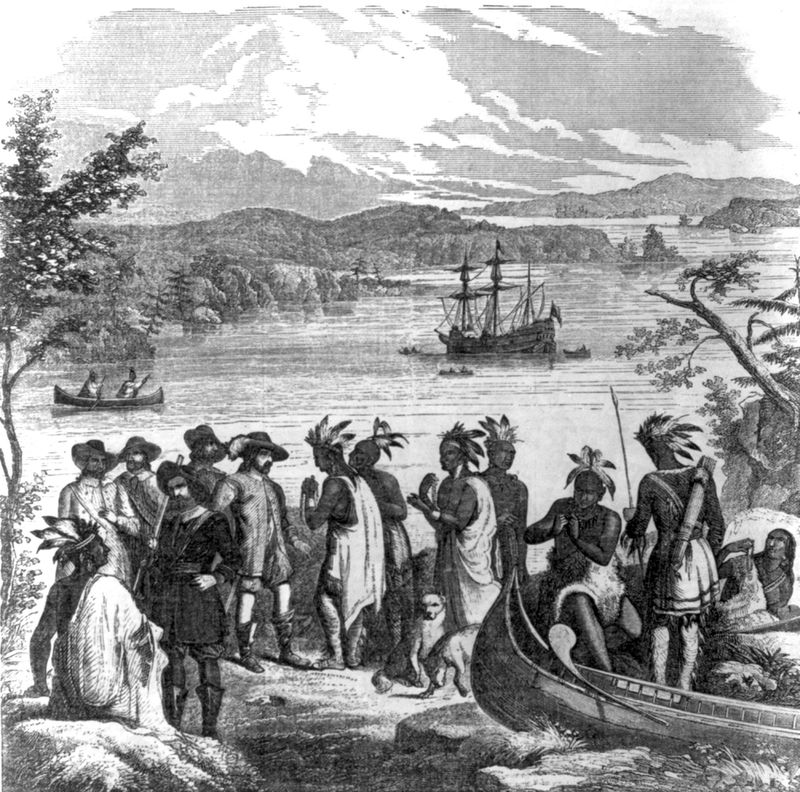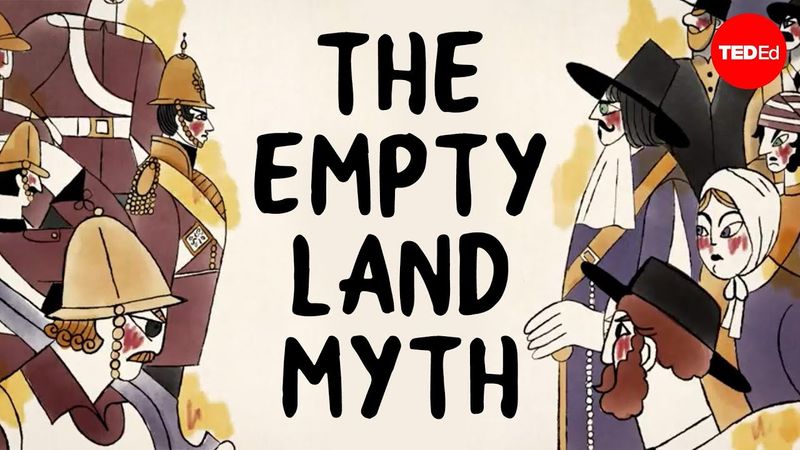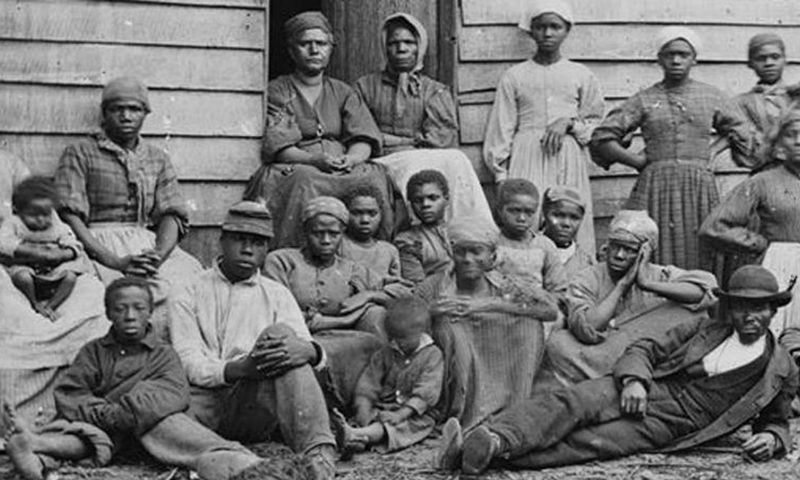The colonization of America is often narrated through a romanticized lens, overshadowing many uncomfortable truths. This post uncovers 18 lesser-known facts that challenge the conventional narrative.
From exploitation and disease to cultural erasure and resistance, these aspects highlight the complexity of America’s early history.
1. The Devastating Impact of Disease
The arrival of Europeans in America brought deadly diseases like smallpox that decimated indigenous populations. With no immunity to these new ailments, native communities experienced catastrophic mortality rates.
This biological invasion led to social upheaval and the collapse of many societies. Entire villages were wiped out, leaving survivors grappling with loss and the existential threat to their way of life.
Understanding this aspect of colonization reveals the unintended yet devastating consequences of cultural encounters. It’s a stark reminder of the vulnerability of isolated populations in the face of foreign pathogens.
2. Exploitation of Natural Resources
The European colonizers exploited America’s rich natural resources, often with little regard for the environment. Forests were cleared for timber, lands mined for precious metals, and wildlife hunted excessively.
This exploitation led to significant ecological changes that affected both the land and its indigenous inhabitants. The balance of nature was disrupted, causing long-term consequences still felt today.
These actions highlight the early disregard for sustainable practices. The focus was on immediate gain, setting a precedent for future exploitation. This reflects a mindset that prioritized profit over preservation.
3. The Role of the Fur Trade
The fur trade was a major economic driver during early colonization, linking European markets with native trappers. This relationship was not merely transactional; it reshaped social structures and power dynamics.
While some indigenous groups benefited economically, the trade also led to overhunting and dependency on European goods. The introduction of firearms and alcohol further complicated these interactions, often with detrimental effects.
Understanding this economic entanglement reveals how native societies were drawn into the global economy. It shows the nuanced impact of trade, far beyond simple economic exchanges.
4. Cultural Erasure and Assimilation
Colonization was not just about land acquisition; it aimed to assimilate indigenous peoples into European ways of life. This cultural erasure was systematic, involving education, religion, and language imposition.
Many native children were taken from their families and placed in boarding schools to strip them of their cultural identities. These practices sought to diminish indigenous traditions and replace them with European ideals.
Recognizing this aspect of colonization reveals the deep impact on cultural heritage. It’s a poignant reminder of the forced loss of identity and the ongoing struggle for cultural preservation.
5. The Atlantic Slave Trade’s Connection
The colonization of America is inextricably linked with the Atlantic slave trade, which brought millions of Africans to the New World. These individuals were forced into labor, primarily on plantations.
This practice was driven by the demand for cheap labor to maximize profits from colonial ventures. The brutal conditions and dehumanization faced by enslaved people are a dark chapter in colonial history.
Understanding this connection underscores the economic motivations behind colonization. It highlights the exploitation and immense human suffering that were integral to the colonial enterprise.
6. Resistance Movements of Native Tribes
Many Native American tribes resisted European encroachment, employing various strategies to defend their territories. These resistance movements were often fierce and prolonged, challenging the colonial advance.
Leaders like Tecumseh and Geronimo became symbols of resilience, rallying their people against formidable odds. These efforts were not merely physical confrontations but involved diplomatic and cultural negotiations as well.
Recognizing these acts of resistance reveals the agency of indigenous peoples in shaping their destinies. It highlights the complexity of colonial encounters beyond mere conquest and submission.
7. Introduction of Non-Native Species
Colonization introduced numerous non-native species to America, significantly altering its ecosystems. Livestock such as cows and sheep, and crops like wheat and sugarcane, were brought from Europe.
These introductions often led to ecological imbalances, as native species struggled to compete with the newcomers. This disruption had cascading effects on the environment and food chains.
Understanding these changes highlights the unintended environmental consequences of colonization. It underscores the far-reaching impact of human actions on natural habitats, which can persist for centuries.
8. The Encomienda System’s Exploitation
The encomienda system was a form of labor exploitation practiced by Spanish colonists, granting them the right to extract labor and tribute from native populations.
While it was supposed to protect indigenous people and convert them to Christianity, in reality, it often led to severe exploitation and abuse. Laborers faced harsh conditions and little freedom.
This system reveals the coercive nature of colonial rule and its impact on native communities. It illustrates the imbalance of power and the systemic exploitation that underpinned the colonial economy.
9. Religious Zeal and Conversion
Religious motives were central to many colonial endeavors, with missionaries playing a key role in attempts to convert indigenous peoples to Christianity.
This zeal often led to cultural clashes, as native spiritual practices were suppressed and replaced with European religious beliefs. Conversion efforts were sometimes coercive, involving threats or incentives.
Exploring this aspect of colonization highlights the complex interplay between religion and cultural identity. It sheds light on how faith was used as a tool for control and assimilation, impacting native traditions and beliefs deeply.
10. The Columbian Exchange’s Twin Edges
The Columbian Exchange refers to the transfer of plants, animals, and technologies between the Old and New Worlds. This exchange dramatically reshaped societies and economies.
While it introduced beneficial crops like potatoes and tomatoes to Europe, it also brought challenges, such as invasive species and new diseases to the Americas. The exchange was a double-edged sword, offering both opportunities and disruptions.
Understanding its twin edges reveals the interconnectedness of global histories. It demonstrates how exchange and interaction can lead to both growth and conflict, leaving lasting impacts on societies.
11. Impact of European Alliances
European colonists often formed strategic alliances with Native American tribes to advance their interests. These alliances were crucial in shaping colonial policies and warfare.
However, these partnerships were not always equitable, as European powers frequently manipulated tribal divisions for their gain. This often led to internal conflicts within native communities.
Recognizing these alliances highlights the complex dynamics of colonial politics. It underscores the role of diplomacy and strategy in the expansion of colonial influence, beyond mere military conquest.
12. Role of Women in Colonization
Women played a crucial role in the colonization process, contributing to the establishment and maintenance of settlements. They were involved in various activities, from managing households to participating in local economies.
Despite their contributions, women’s roles were often undervalued and overlooked in historical narratives. They faced numerous challenges, including limited rights and harsh living conditions.
Highlighting their contributions sheds light on the multifaceted nature of colonial life. It challenges traditional gender narratives and acknowledges the resilience and resourcefulness of women in shaping early American communities.
13. Legacy of Colonial Legal Systems
Colonial legal systems laid the groundwork for contemporary laws in America. These systems were often imposed without considering indigenous customs and traditions, leading to tensions.
The laws favored European settlers, often marginalizing native populations. This legal framework perpetuated inequality and land dispossession, affecting indigenous rights for generations.
Understanding this legacy reveals the long-term impacts of colonial rule on legal and social structures. It underscores the need for recognizing and integrating diverse legal traditions in modern governance to address historical injustices.
14. Economic Motives Behind Colonization
While colonization is often framed in terms of exploration and adventure, economic motives were a driving force. European powers sought wealth through resource extraction and trade.
Colonial ports became hubs of commerce, facilitating the flow of goods and profits back to Europe. This economic focus often overshadowed humanitarian considerations and led to exploitation.
Recognizing these motives highlights the financial imperatives that fueled colonial expansion. It provides insight into the priorities and pressures faced by colonial governments and settlers, which shaped colonial policies and practices.
15. The Myth of the Empty Land
The myth of the ’empty land’ was a narrative used to justify colonization, portraying America as a vast, uninhabited wilderness. In reality, it was home to diverse and sophisticated indigenous cultures.
This myth served to legitimize the displacement and dispossession of native peoples, framing them as obstacles to progress. It ignored their complex societies and rich histories.
Debunking this myth is crucial for understanding the true nature of colonization. It acknowledges the presence and contributions of indigenous peoples, challenging narratives that erase their existence and agency.
16. Forced Labor in Colonies
Forced labor was a cornerstone of colonial economies, with both enslaved Africans and indentured servants toiling in harsh conditions. This labor was essential for the profitability of colonial enterprises.
Indentured servitude, while not as brutal as slavery, involved arduous work and limited freedoms. Many laborers faced exploitation and abuse, trapped in cycles of debt and dependency.
Recognizing these labor practices highlights the exploitation inherent in colonial systems. It underscores the human cost of economic success and the need for historical acknowledgment and reconciliation.
17. Colonial Propaganda and Perceptions
Colonial propaganda played a crucial role in shaping perceptions of America as a land of opportunity and abundance. This narrative attracted settlers and investors, fueling migration.
However, these rosy depictions often masked the harsh realities faced by colonists and indigenous peoples alike. The gap between perception and reality led to disillusionment and conflict.
Understanding this propaganda reveals the power of narrative in influencing historical events. It underscores the importance of critically examining sources and questioning dominant narratives that may obscure the truth.
